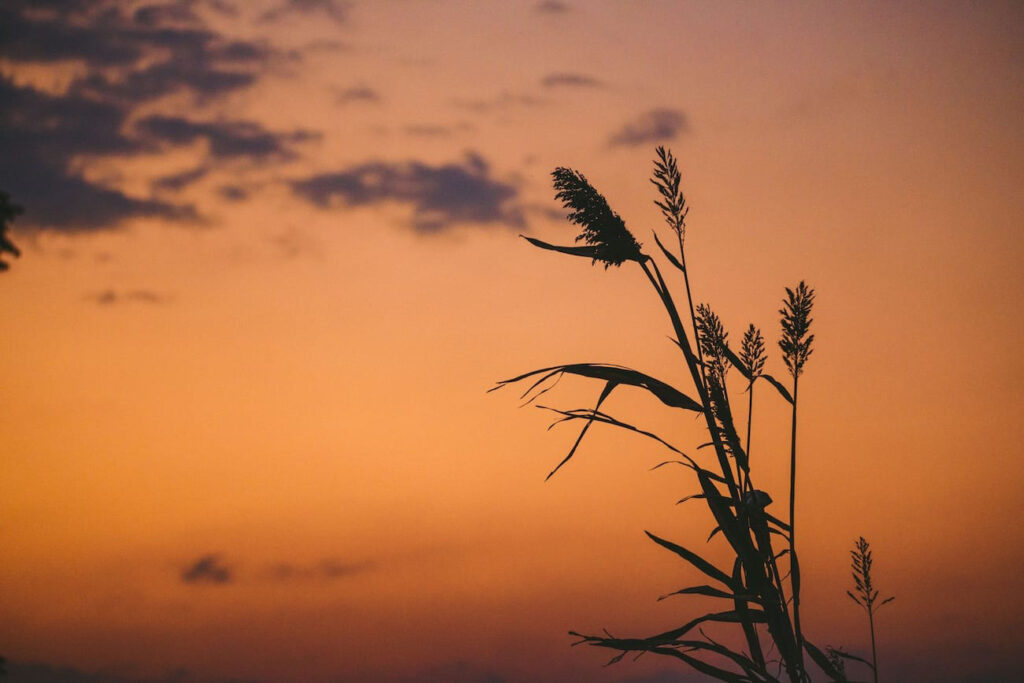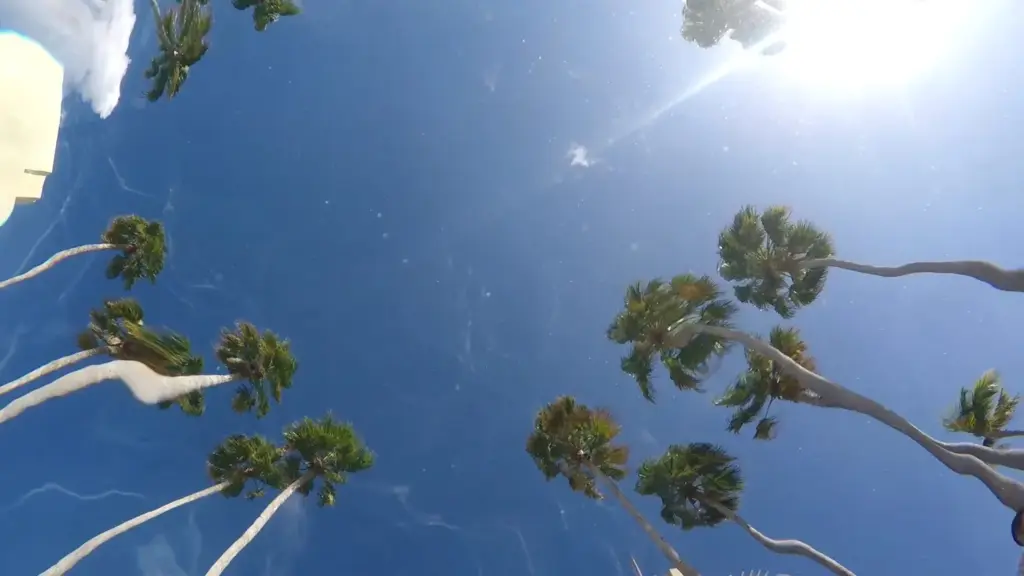Capturing Landscapes: 7 Irresistible Photography Tips
People have been taking landscape photography for well over a hundred years.
In that time, the technology may have changed, but the goal hasn’t: to take landscape pictures that do justice to the incredible scenery they are trying to capture.
There are plenty of things you can do to increase your chances of capturing the perfect landscape photo.
Let’s dive into the secrets captured upon the edges of planet earth.

1. Consider Your Timings
Taking a great landscape photograph requires a lot of planning.
The chances are that the perfect spot for taking your photo will not be that easy to reach.
You’ll need to factor in exactly how long it’s going to take for you to get there and set up. You’ll also need to take into account exactly when you want to be taking your shots.
The golden hour may not last anywhere near an hour when you have mountain peaks blocking your sunlight.
Plan carefully to ensure that you’re where you want to be in plenty of time to take the perfect shots at the perfect moment.
2. Choose a Small Aperture
The most stunning landscape photographs give a real sense of the enormous scale of the view you’re trying to capture.
The best way to do this is to have as much of the scene as you can in sharp focus.
That means opting for a small aperture to ensure that both near and far objects will be equally crisp.
Since a smaller aperture lets in less light, you’ll need to opt for a longer exposure, so make sure you’re using a high-quality tripod.
3. Capturing Landscapes with a Wide Angle Lens
Another great way to do justice to the panorama you’re trying to capture is to use a wide-angle lens.
Using this kind of lens allows you to take in a much wider area of the landscape that you are trying to capture.
With the ability to capture such a large section of the landscape, it makes composing your image even more critical.
Try to use leading lines to guide the viewer’s eyes through the image, which can create a sense of even more depth.
If you’re going to take a shot in portrait rather than landscape, the distortion of a wide-angle lens can also make tall objects such as trees or mountains seem even taller too.
4. Add Some Foreground Interest
One issue with taking landscape photographs is that it’s sometimes hard to do justice to the sheer scale of the landscape that you’re trying to capture.
A simple way to give a clear sense of scale is to add some foreground interest to your shots.
If you’re photographing some mountains, for example, you can include some objects in the foreground of your shots that will guide the viewer’s eye towards the mountain peaks. Plants or flowers make perfect choices for a bit of foreground interest.
If you want to give people a true sense of scale, then consider placing a person in the foreground of your shot. This will immediately translate exactly how vast the landscape is.
5. Remember Your Filters
If you’re planning on taking some landscape photographs, then be sure to bring your filters with you.
A polarizing filter is an essential tool for any professional photographer, especially when it comes to landscapes.
You may find that your unfiltered shots look a little bland and colorless due to all the reflected light that ends up in your camera.
A polarizing filter will cut some of this out, leaving your images looking much more vivid and colorful.
If it’s a particularly bright day, you may also want to consider using a Neutral Density filter.
These filters block out some of the light, allowing you to increase exposure time. They can also be used to make some truly stunning images by allowing you to take a long exposure of flowing water, for example.
6. Find Time to Reflect
If your landscape includes a body of water, then be sure to make use of it.
Capturing the reflection of a stunning landscape can allow you to create even more dramatic images that can almost seem to go on forever.
Feel free to experiment; you could try just capturing the reflection of the landscape rather than the scene itself, or go for a combination of both.
Other water features, such as waterfalls or even smaller rivers or streams, can add real interest to your images too.
7. Consider Exposure Bracketing
With such a wide vista to take in, it can be challenging to find a single exposure that will do justice to every part of the scene.
Capturing a perfect sky might mean sacrificing some of the detail amongst the trees. Exposing a foreground flower perfectly might leave you with overexposed clouds. That’s where exposure bracketing can help.
Using your tripod, take several images at different levels of exposure. Once you are home, you can then combine these images using software to create an HDR image that has far more detail than any of the individual images.
Are You Looking for Landscape Photography for Your Business?
Following these tips should help you to capture the landscape pictures you’ve always dreamed of.
If you’re looking for landscape photos for your business, and don’t have the time to try and capture the perfect image yourself, then we can help.
Our professional photographers can help you create the perfect image, whether it’s a stunning landscape or the ideal portrait of your product.
We work with you in a discovery session to find out precisely what you want your images to achieve, before drafting concepts, creating shot lists, and then taking, editing, and even distributing your images.
We also offer a wide range of other services that go beyond video production and photography. Get in touch today to see how we can help you.
